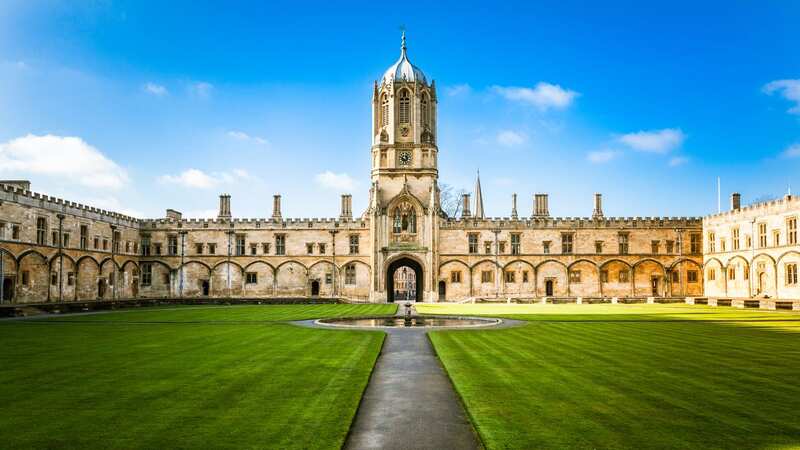North-South divide shows which youngsters make it to Oxbridge - check your area

Young people at state schools in the south of England are twice as likely to make it into Oxbridge as those in the north.
A new analysis of data from the Department of Education has laid bare the stark geographic divides in students making it to the country’s top two universities. Not only has it showed how over-represented the south it, it has also shown three areas from the north where no one’s made it.
A total of 722 pupils from North’s state-funded schools and colleges made it to one of the country’s top two universities after leaving at the end of the 2019/20 academic year. That works out as a measly 0.7 per cent of pupils in the North. But this figure is made far worse when compared to admittance rates from the equivalent body of pupils in the south.
Down south, however, 2,462 pupils made it to Oxbridge, which is 1.3% of the region’s cohort. That means pupils living down south were almost twice as likely to go to either Oxford or Cambridge and simply living up north seemingly hampers as young person's chances of getting into Oxbridge.
The North is also home to the country’s only ‘Oxbridge Deserts’ - the only places in the country where no one makes it from a state school to Oxbridge. Salford is one of three “Oxbridge Deserts” with no pupils from state-funded schools making it into either Oxford or Cambridge University. Sadly, this is simply continuing a recent trend and could fuel criticisms against the institutions.
 Nursery apologises after child with Down's syndrome ‘treated less favourably’
Nursery apologises after child with Down's syndrome ‘treated less favourably’
In Salford a total of 1,332 students finished A-levels or other level 3 qualifications at state-funded secondary schools and colleges at the end of the 2019/20 academic year. None of those went to either Oxford or Cambridge, according to the latest figures from the Department for Education.
It makes Salford by far the largest of only three local authorities where none of its 2019/20 cohort made it to the country’s two most prestigious universities. The others are Hartlepool and Knowsley, but they only had 372 and 32 students respectively studying A-levels or equivalent at state funded secondary schools and colleges.
Meanwhile, Thurrock sent just one student to Oxbridge. Sandwell, Blackburn with Darwen, Southampton, Portsmouth, Stockton-on-Tees, and Redcar and Cleveland sent just two each, North Lincolnshire and Halton sent three each, and Barnsley, Rochdale, North East Lincolnshire, South Tyneside, Merton, and Rutland send four each.
The top schools for sending pupils to Oxford are all, unsurprisingly, in the South and East of England. The Henrietta Barnett School in Barnet sent the largest proportion of its 2019/20 cohort to Oxbridge out of any state-run secondary school or college in England. Some 28.2% of pupils made it into the country’s top two universities.
King's College London Maths School in Lambeth had the next best ratio at 25.0 per cent, followed by Queen Elizabeth's School, Barnet at 24.3 per cent. Hills Road Sixth Form College in Cambridgeshire sent 59 pupils to either Oxford or Cambridge, which is the highest number of any individual state-run school or college in the country.
That’s followed by Brampton Manor Academy in Newham with 53, Brighton Hove and Sussex Sixth Form College with 50, and Peter Symonds College in Hampshire with 43. Greenhead College in Kirklees sent the highest overall number of any institute in the North with 31. That’s followed by Winstanley College in Wigan with 23 and Loreto College in Manchester with 22.
The Blue Coat School in Liverpool has the North’s best record relative to the number of pupils. More than one in every tenof the school’s 2019/20 cohort (10.8 per cent) ended up at either Oxford or Cambridge. Altrincham Grammar School for Boys in Trafford had the next best ratio at 10.1 per cent. That’s followed by Sirius Academy West in Kingston upon Hull with 6.2 per cent, and St Leonard's Catholic School in County Durham with 6.1 per cent.
Read more similar news:
Comments:
comments powered by Disqus

































